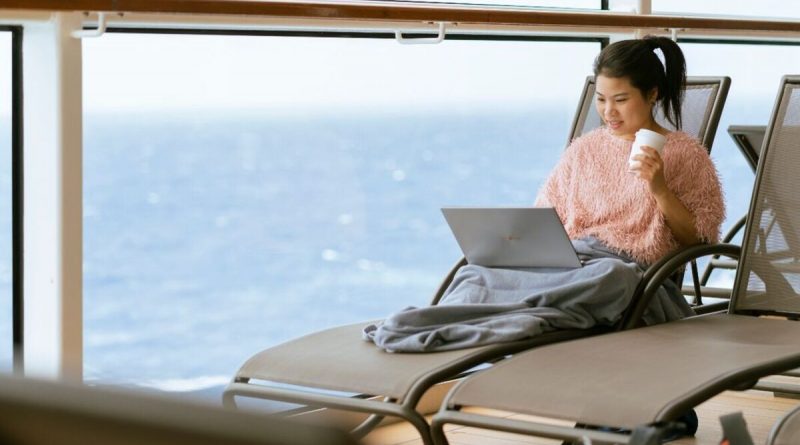‘Not much you can do’ Cruise passenger complains of common issue
Italy: Cruise ship breaks moorings in Ravenna
We use your sign-up to provide content in ways you’ve consented to and to improve our understanding of you. This may include adverts from us and 3rd parties based on our understanding. You can unsubscribe at any time. More info
Cruise ships generally aren’t too bad for passengers who suffer from seasickness. In most areas of the ship, passengers are unlikely to feel too much motion.
However, some passengers can struggle after disembarking the ship as they can still feel motion.
One guest wrote on Reddit: “I was on a five night cruise. The first and fifth nights had high winds and lots of swaying.
“Now after 36 hours on land, I’m still feeling like my hotel room is swaying back and forth and strongly listing to one side.
“I loved the swaying on the boat and I had no trouble walking around on the boat! But now on land, I’m walking like I’m drunk.”

They asked other guests if they had any tips to help shorten the feeling of motion sickness on land.
An experienced cruise passenger replied: “You got your sea legs. It’s normal. It’s your inner ears readjusting to land.
“When I got off my first cruise after not being on one for three years, I was tripping up stairs and brushing against walls.
“It was like my depth perception and balance were just ever so slightly off centre as I was readjusting.”
Known as mal de debarquement syndrome (MDS) some passengers can still feel rocking when they’re off the ship.
While the majority of passengers will recover after a couple of days, in rare cases it can persist for much longer.
Another guest said: “I got that after my first cruise. Not much you can do now, but I was told the more you exercise on a cruise, the less likely you are to get that feeling when back on land.
“So I make a point to do some laps every day when on a cruise, and haven’t had a problem since.”

Exercising while on the ship could help passengers escape motion sickness once they’re back on land.
Many ships even have running tracks where passengers can exercise if it’s a sea day on the itinerary.
A passenger claimed: “I have had it, apparently it is worse for women over 50 who have an inside cabin.
“My understanding is the ship rocking and the inner ear senses movement but since you’re inside the cabin you don’t see it.”

Passengers might suffer less from motion sickness if they book an oceanview or balcony room.
For some guests being able to see the horizon can help to alleviate seasickness while onboard.
Another guest advised: “Avoid long halls. It will come and go for as long as a couple of weeks depending on how long you spent at sea and how long you need to get over it. I always enjoy that lingering sway.”
According to experts, women between the ages of 30-60 are most susceptible to MDS but it can affect anyone.
Source: Read Full Article



